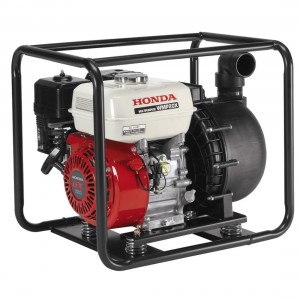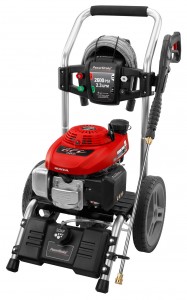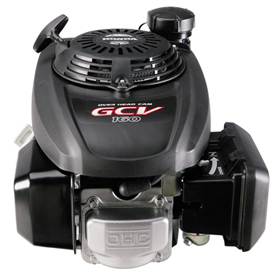 What is a head, and why is it important? What causes cavitation, and why is it bad? If you’re looking into buying or fixing a water pump, some terms that are used can be confusing. This guide will walk you through meanings and specifications so you can make the right choices when buying, operating, and maintaining a pump.
What is a head, and why is it important? What causes cavitation, and why is it bad? If you’re looking into buying or fixing a water pump, some terms that are used can be confusing. This guide will walk you through meanings and specifications so you can make the right choices when buying, operating, and maintaining a pump.
The Parts of a Water Pump
Consumer water pumps nearly always use an impeller to move water. This is a rotating disc with vanes on it that resembles a fan.
The impeller is held inside a housing called a “volute” or “volute case.” It’s designed to direct water toward and away from the impeller. A tight fit ensures pressure can be maintained. Continue reading


 Have a new Honda GCV 160? This guide will walk you through starting and stopping this engine, as well as address common issues, no matter what it may be powering.
Have a new Honda GCV 160? This guide will walk you through starting and stopping this engine, as well as address common issues, no matter what it may be powering. The name “Honda” is synonymous with quality, especially when it comes to generators. However, even the best made generator can be unreliable or even dangerous if not used correctly. Here’s what you shouldn’t do with your generator, whether you have a small portable model, a home backup system, or a portable power source for work sites.
The name “Honda” is synonymous with quality, especially when it comes to generators. However, even the best made generator can be unreliable or even dangerous if not used correctly. Here’s what you shouldn’t do with your generator, whether you have a small portable model, a home backup system, or a portable power source for work sites.